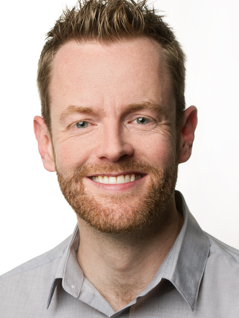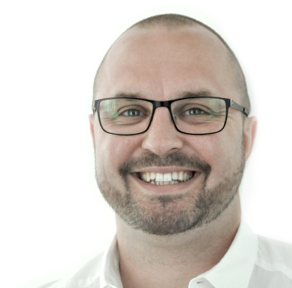Lecturer: Till Bockemühl & Ronald Sladky
Fields: neurobiology, neuroscience, cognitive science
Content
The brain, the cause of – and solution to – all of life’s problems. According to our brains it is the most fascinating structure in the known universe. Consisting of about 86 billion neurons of which each can form thousands of connections to other neurons it is also the most complex structure in the known universe. In this course we would like to give you a rough guide and introduction to the basic principles, fundamental theories, and methods of neuroscience.
We will demonstrate that neuroscience can be seen as a multi-modal, multi-level, multi-disciplinary research framework that aims at addressing the challenges of this megalomaniac scientific endeavor. We will see that different frameworks and methods can lead to conflicting empirical evidence, theoretical assumptions, and heated debates. However, we argue that this might be the only way to uncover the mysteries of our brain.
In this course we will cover a variety of scopes and perspectives. We will teach some of the fundamentals of neuroscience in human and non-human animals, but we will also explore some explanatory gaps between the different levels of inference.
On a phenomenal level we will investigate the functions of individual neurons and small networks. We will discuss if and how we can learn from (genetically modified) model animals about neural functions. To what degree is this relevant for understanding human brain function, such as learning and decision making? On the other hand, we will also investigate the state of the art in human brain mapping and cognitive neuroscience. Can findings from neuroimaging tell us anything at all about neurobiology – or are they just fancy illustrations that are better suited for children’s books?
Objectives
- To understand the anatomy and function of neurons
- To understand the interaction of neurons in a functional network
- To understand central methods and theories used in neurobiology and human cognitive neuroscience
- To understand the scope of different methods and theoretical frameworks
Literature
- Cacioppo JT, Berntson GG, Lorig TS, Norris CJ, Rickett E, Nusbaum H. Just because you’re imaging the brain doesn’t mean you can stop using your head: a primer and set of first principles. J Pers Soc Psychol. 2003 Oct;85(4):650-61. [Link]
- Park HJ, Friston K. Structural and Functional Brain Networks: From Connections to Cognition. Science, 2013 Nov; 6158(342):1238411 [Link]
- Bear MF, Connors BW, Paradiso MA. Neuroscience: Exploring the Brain. Wolters Kluwer Health. 2015.
- Kandel, ER, Schwartz, JH, Jessell, TM, Siegelbaum, S, Hudspeth, AJ, & Mack, S (2013). Principles of Neural Science.
Lecturer

Till Bockemühl studied biology and philosophy at Bielefeld University. He did his diploma thesis as well as his doctoral thesis with Volker Dürr in the lab of Holk Cruse at Bielefeld University. Currently, he is a postdoctoral researcher in the lab of Ansgar Büschges at the University of Cologne. His main research interests comprise the motor control of locomotion, neuroethology, and computational neurobiology. To investigate these topics, he uses the fruit fly Drosophila and the ever-expanding toolkit of methodological opportunities this model organism has to offer.
Affiliation: University of Cologne
Website: http://www.zoologie.uni-koeln.de/bueschges-staff-tillbockemuehl.html

Ronald Sladky. My research focuses on the amygdala and emotion processing in the human brain. In addition, I am always working on new neuroimaging, data processing, and modeling methods. One of these new methods is real-time functional MRI, where people can learn to regulate their own brain states while they are inside the MRI scanner. This method is not only a promising therapeutic tool, it will also allow for completely new ways of discovering how our brains work.
Affiliation: University of Vienna
Website: http://sweetneuron.at